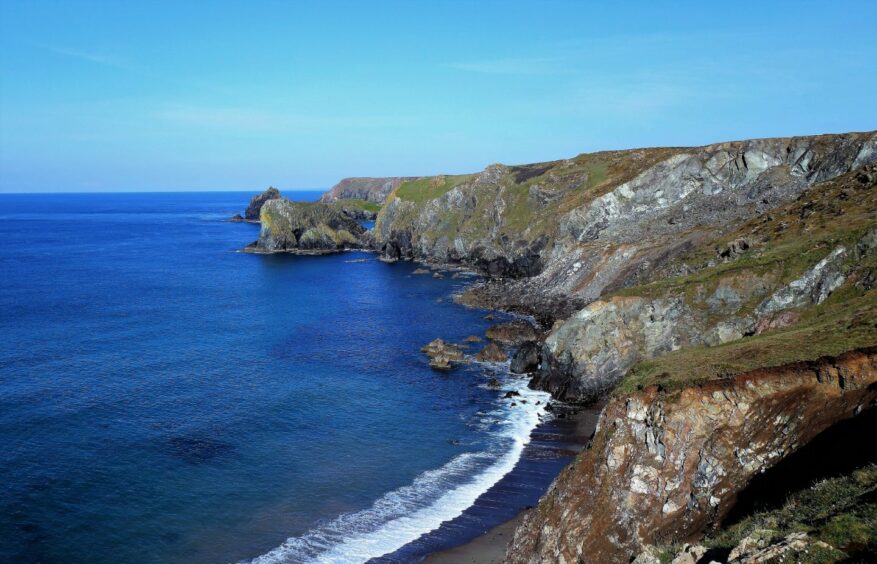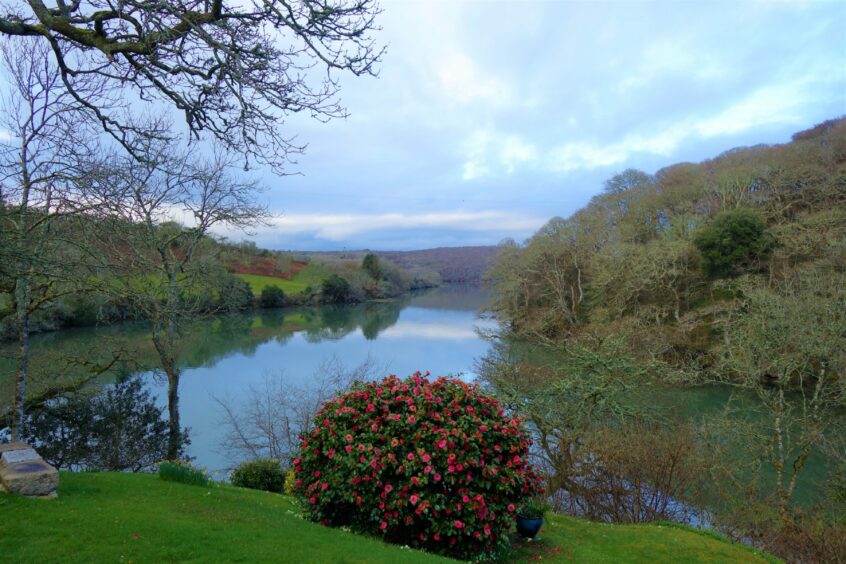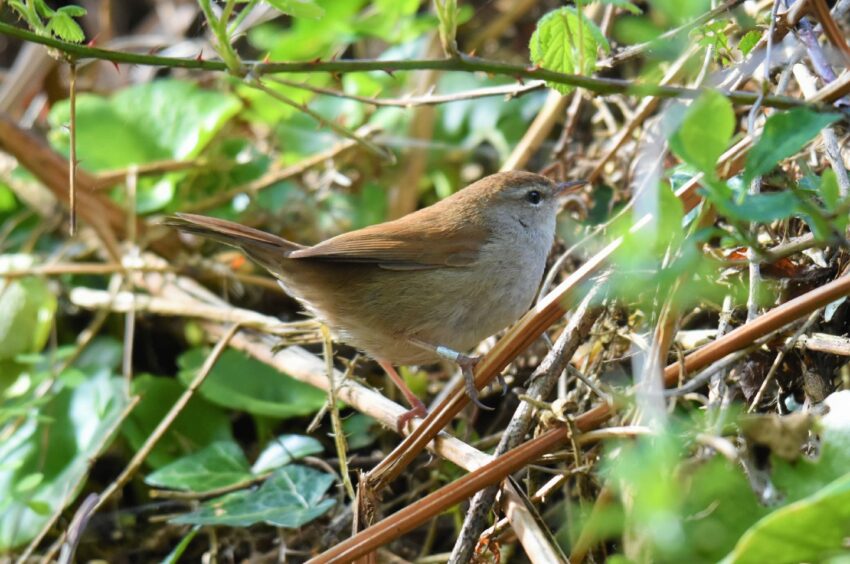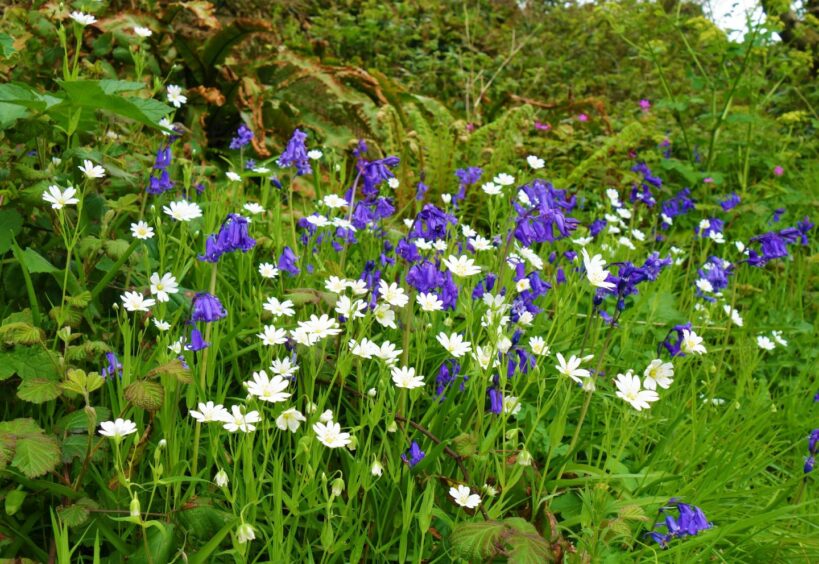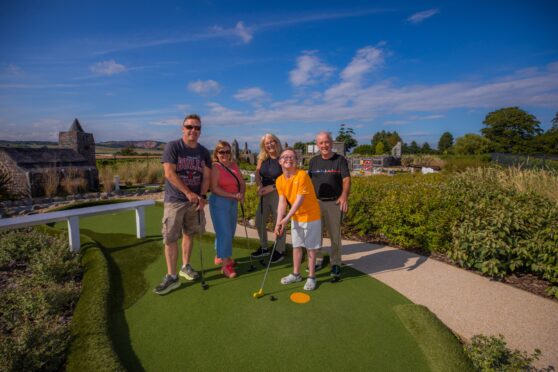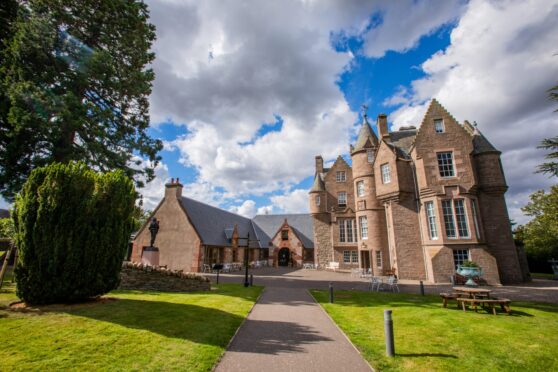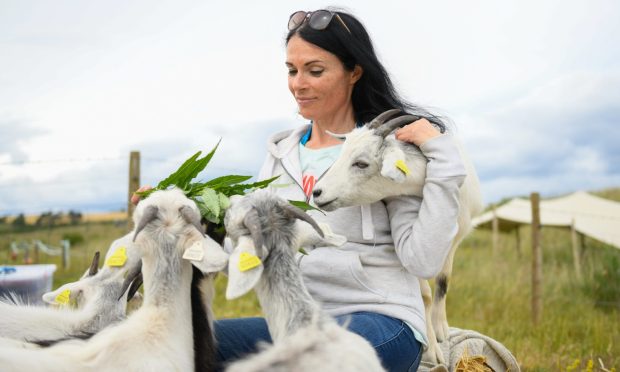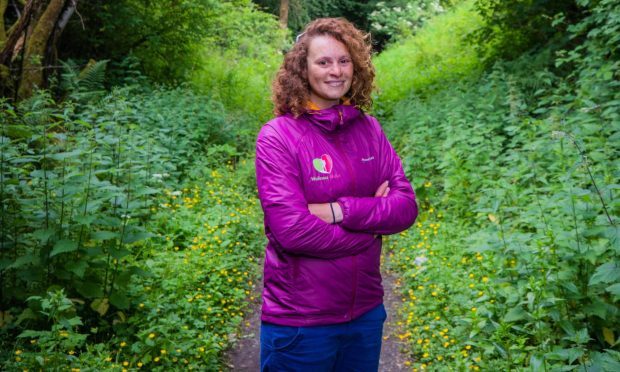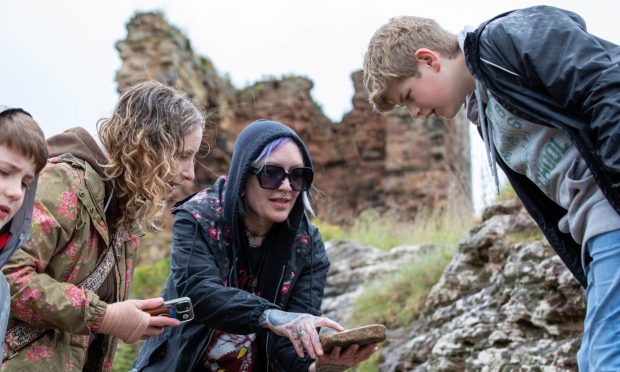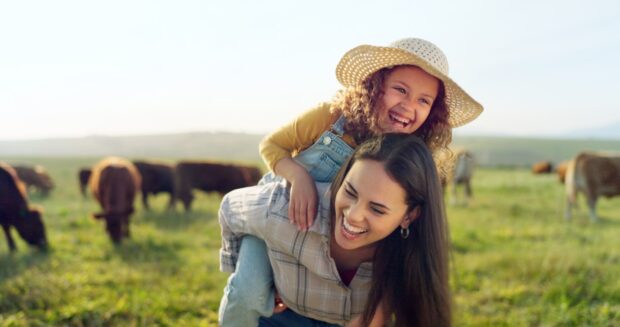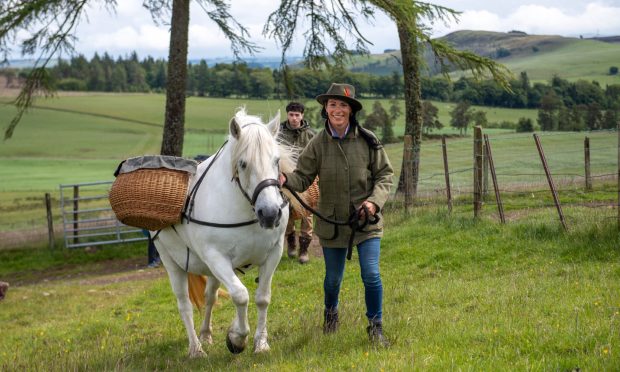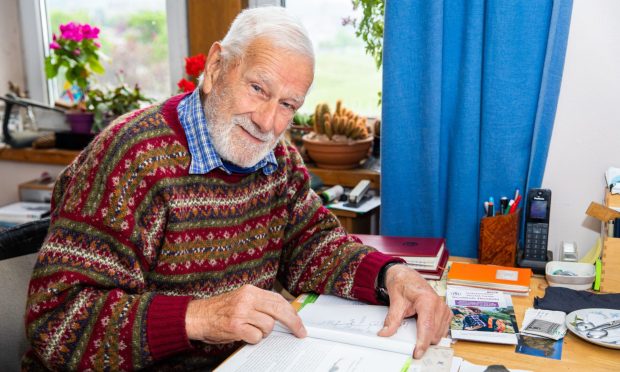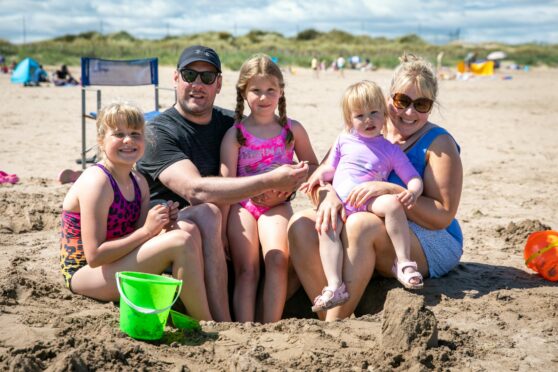I am currently writing a new book on a nature travel journey through Britain, and I have just returned from a wonderful trip down to Devon and Cornwall where the differences between the wildlife of the south-west of England and Scotland were fascinating to observe.
The most striking element was that the whole cycle of life is about two or three weeks ahead of Scotland, especially in terms of plants coming into flower and trees bursting into leaf.
Bluebells were beginning to bloom in the first week of April, as were greater stitchwort, cowslips and drifts of delicate, pink-frilled thrift on the dramatic coastal cliffs.
Joy to behold
These clifftops were a joy to behold, ablaze with wildflowers and indented with numerous coves and long, tendril-like estuarine creeks which cut their way several miles inland.
These creeks, such as the Helford estuary in Cornwall, abounded with life and at low tide redshanks and greenshanks eagerly probed the oozing mud, whilst little egrets prowled the shallows for fish.
As the estuary filled with the tide, waves of grey mullet and flounders followed the incoming flow in search of food in the murky shallows.
Many of the species found in the south-west of England were different, too, and I was most surprised by the abundance of Cetti’s warblers – elusive birds, which skulk in reeds and thick vegetation by the margins of ditches and lakes.
However, these little brown birds pack an almighty musical punch – and every so often let rip with the most stunning short burst of song, comprising a slow-starting ‘tu-rit, tu-rit’, followed by a rapid-fire ‘tu-rit, tu-rit, tu-rit’.
Warbling beauty
At Slapton Ley National Nature Reserve in south Devon, it took me an hour of careful stalking before catching my first glimpse of a Cetti’s warbler, such was its secretive behaviour.
I was ecstatic, and what is even more remarkable is that they are new colonisers to southern England, having arrived in the 1970s from France under the subtle forces of climate change.
The reedbeds at Slapton Ley also hold bitterns – brown, cryptically plumaged heron-like birds, as well as reed warblers – both of which are very scarce in Scotland.
A nearby hazel-coppiced woodland supports a population of rare dormice, underlining the wild riches of the area.
Whilst the narrow lanes of Devon and Cornwall were a nightmare to drive along, their deep hedge-topped banks abounded with wildflowers, nettles and brambles, which attract butterflies, bees and a host of other creatures.
It was immediately apparent to me that these hedgebanks comprise the single most important wildlife habitat in this part of England and have crucial conservation value.
I also took to the water, and when snorkelling in the crystal-clear sea near Porthallow in Cornwall, I was mesmerised by a large spider crab making its way over the seabed below me, while crimson-coloured strawberry anemones glowed from rock crevices.
I was only at the beginning of my wildlife journey but had already become completely smitten by the remarkable bounty of life found in this one small corner of our magical land.
